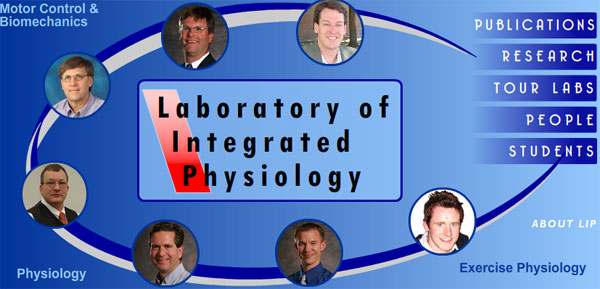News Archives
LIP Partners with National Center for Human Performance.
HHP's Laboratory of Integrated Physiology, has partnered with the National Center for Human Performance (NCHP)and established its motion capture laboratory on NCHP premises in the Texas Medical Center.

The University of Houston recently featured this partnership on its website, some excerpts from the article:
The team of HHP scientists and student researchers has been working with technologies to help medical professionals detect, diagnose – and even solve – balance, coordination and mobility issues. The researchers at the National Center for Human Performance also work with NASA to understand how astronauts' bodies react to gravitational changes. Special machines and equipment produce a variety of circumstances that safely simulate different natural conditions that may cause a person to lose balance. Software tracks and analyzes variables such as weight distribution, balance, motion, and walking patterns in the subjects as they experience shifts in their environment produced by the equipment. The NCHP team hopes to use this information to help doctors pinpoint which body parts and systems are working improperly. Doctors can then work with the patients and their families on healing therapies, appropriately calibrated prosthetics, and adaptive strategies to improve mobility.
|
"I am excited about HHP's presence in the Texas Medical Center, and I am confident that the quality of research conducted there will be of benefit to patients and those involved in movement rehabilitation,"
|
Another exciting project at the National Center for Human Performance uses electrodes to stimulate major muscle groups in a wheelchair-bound patient's legs. The electrical currents produce muscle movement that enables the patient to pedal a bicycle-like apparatus. Giving the patient the ability to pedal the machine produces two health-invigorating results. First, it allows the patient to exercise, so conditions such as obesity and high cholesterol that often challenge wheelchair-bound individuals can be mitigated. Secondly, the pedaling motion helps strengthen the affected muscle groups, helping to rehabilitate some patients.